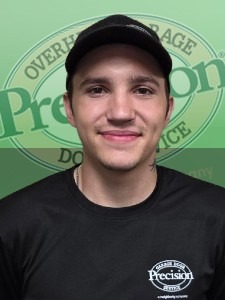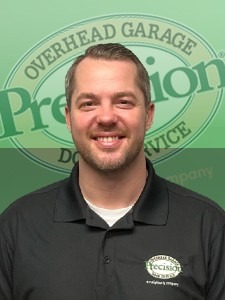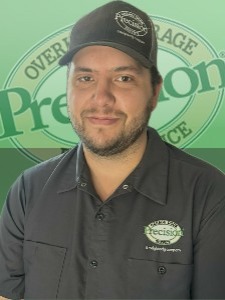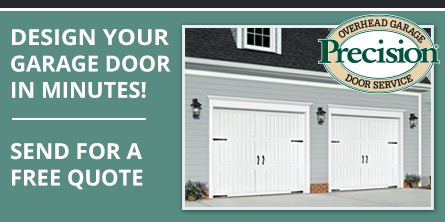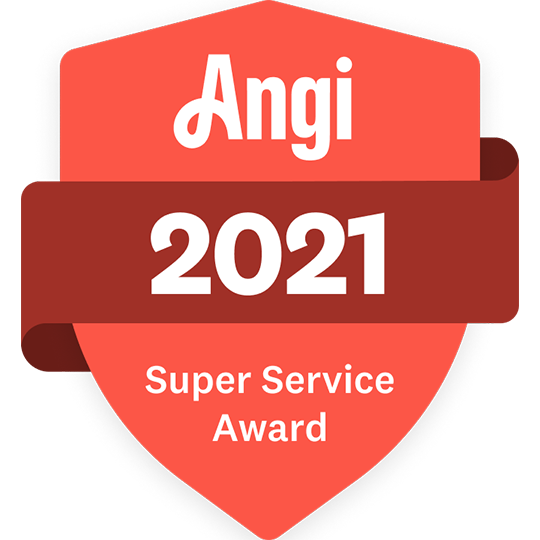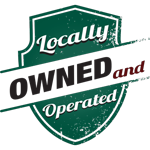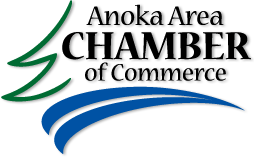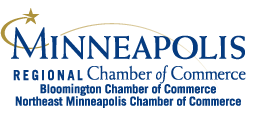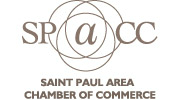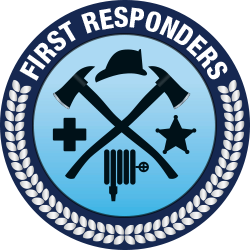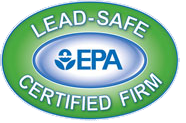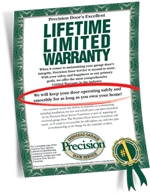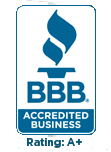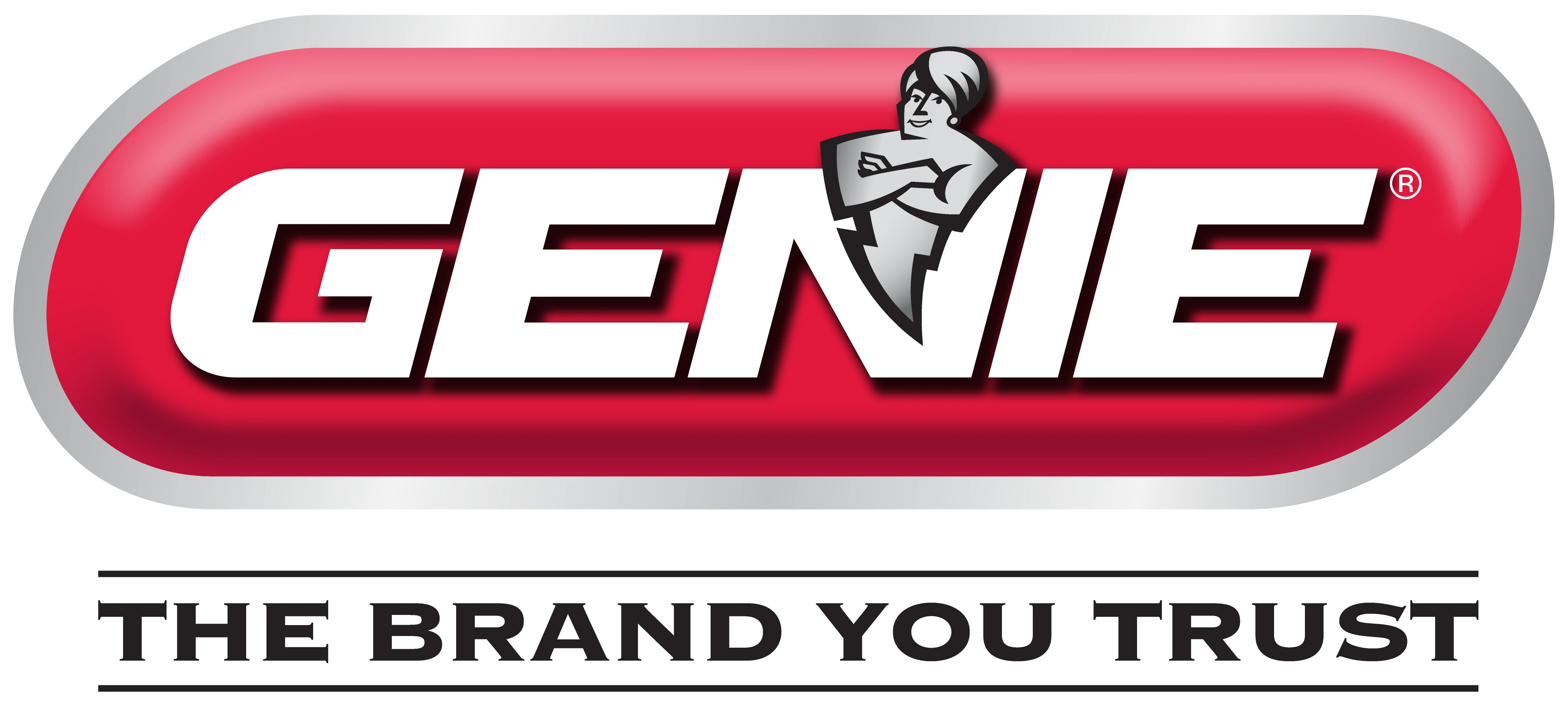Want to Move to a Torsion Spring System?





WITH 2,500 REVIEWS
Click Here To Book Online Now





CLICK
To view local phone numbers

If you’re looking to move to a torsion spring system, make sure your garage fits the criteria for this upgrade.
There are two different types of spring systems available for garage doors: extension and torsion. Torsion springs are generally safer than extension springs in terms of operation because they’re contained on a torsion tube, but not every home can accommodate this type of spring system. There are some requirements for a torsion spring system which can make or break your ability to combine this with your garage door.
Room above the garage door opening
Torsion springs are mounted horizontally above the door opening on a torsion tube. In order for the tube to be mounted properly, there needs to be approximately 12” of room above the garage door opening. This space is called a header. While most newer homes have been built with this type of system in mind, many older homes lack the height needed to transition to a torsion system.
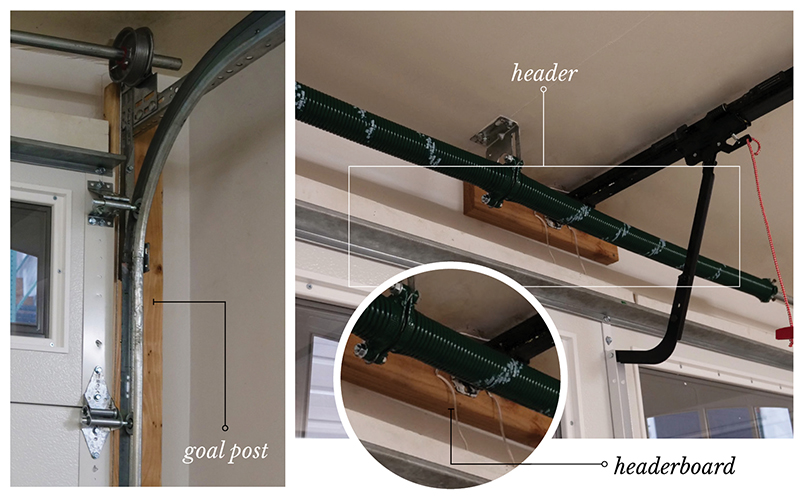
A secure headerboard and goal posts
Speaking of the header, it doesn’t just need to be large enough, but it needs to be secure, stable and strong to mount a center bracket. The weight of the entire garage door while in motion will be held in this area, so stability and strength is paramount. In the absence of a strong header area, a headerboard will be attached, which creates a strong, solid surface for the torsion tube and motor rail.
Goal posts are the wood around your garage door frame inside your garage. The track and other garage door parts, such as the cable drum, are mounted to the goal posts to keep the track secure and steady. Cable drums are at either end of the torsion tube and mounted to the goal post to stay in place. Cable drums help wind and unwind the operating cables attached to the bottom corners of the door.
Flat surface for door to land on
An extension system has two independently functioning springs that can compensate for an uneven opening. The springs on either side will extend until the garage door is flush with the ground. However, a torsion system relies on a spring mounted above the door, so a flat, even surface is required for the door to land on. Without this even surface, the garage door will not be closed completely and allows light, water, pests and debris to enter the garage.
Not sure if a torsion system will work in your home? Don’t worry, we have a team of talented technicians, installers and Door Designers to guide you. We always have our customers best interests in mind so by making sure your garage meets the criteria, we can help ensure that your garage door will function to the best of its ability for years to come.
Office: (952) 800-3338
14607 Felton Ct
Suite 118
Apple Valley, MN 55124
Office: (715) 201-2933
595 Schommer Dr
Suite B
Hudson, WI 54016
Office: 952-698-0131
6520 Edenvale Blvd
Ste 210
Eden Prairie, MN 55346

